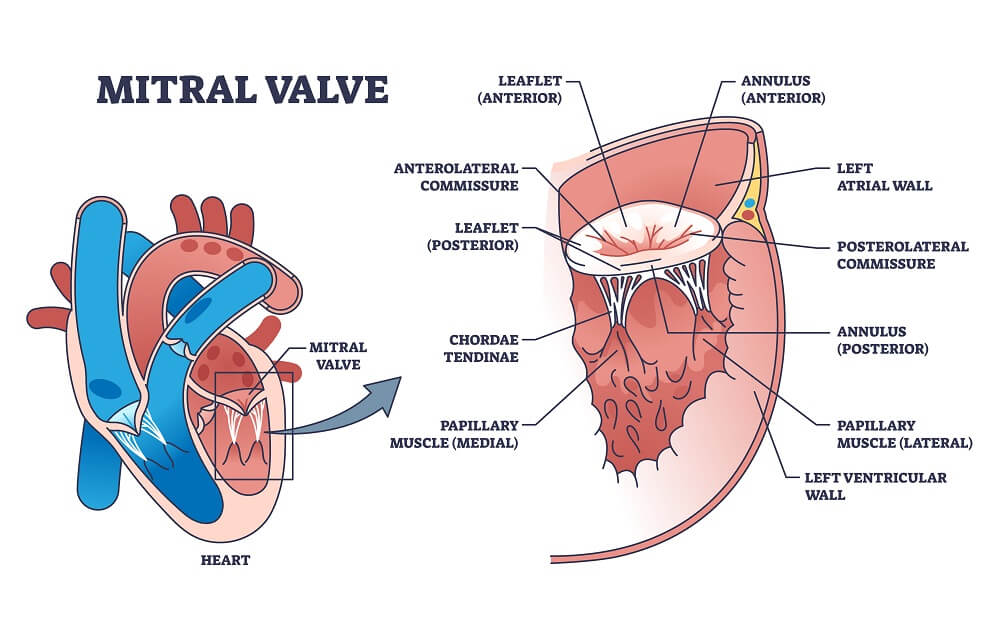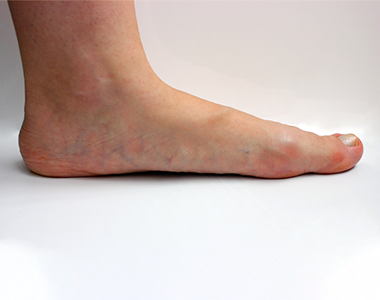TEER is a catheter-based procedure that utilizes a small, flexible device to repair the mitral valve. The procedure is typically performed in a cardiac catheterization lab under fluoroscopic guidance without the need for a sternotomy or cardiopulmonary bypass.
best cardiologist in india / Dr Raghu
A healthy heart is essential for overall well-being, and summer presents an opportunity to embrace these seasonal delights. So, make the most of the bountiful produce available, experiment with new recipes, and prioritize your heart health this summer.
A heart attack, medically known as a myocardial infarction, is a severe medical emergency that can cause lasting damage to the heart muscle and even lead to death. As a leading cause of death worldwide, it shouldn't be taken lightly.
Critical limb ischemia occurs due to is a severe blockage of the arteries which leads to reduced blood flow to the extremities (hands, feet and legs). It results in severe pain and even skin ulcers or sores.

Causes:
Critical limb ischemia (CLI) is an advanced stage of peripheral artery disease (PAD) which results from progressive thickening of an artery’s lining caused by atherosclerosis (buildup of plaque). This eventually leads to narrowing of the artery which reduces normal blood circulation to the extremities.
Symptoms:
The early symptoms of ischemia of the limbs which can progress to critical limb ischemia involves pain, burning or cramping in the muscles of the limbs, usually after a physical activity or exercise which goes away with rest.
The following are the symptoms which may be indicative of critical limb ischemia:
- Severe pain in the limbs or the legs when at rest
- A noticeable low temperature of the lower leg or foot when compared to rest of the body
- Toe or foot sores, infections or ulcers which heal slowly
- Gangrene
- Shiny, smooth, dry skin in the legs or feet
- Thickening of the toenails
- Absent or diminished pulse in the legs or the feet
Risk factors:
The risk factors include the following:
- Age (over 60 years and post-menopausal women)
- Smoking
- Diabetes
- Obesity
- Sedentary lifestyle
- High cholesterol
- High blood pressure
- Family history of vascular disease
Diagnosis:
Diagnosis is dependent on the location of ischemia. A thorough clinical examination is done as the symptoms are the first hint of this severe condition.
The following are the diagnostic methods which may be considered:
- Ankle brachial index test: It is suggested when the ischemia is in the lower extremities of the body. It is a noninvasive procedure and helps evaluate the blood pressure in the legs.
- Duplex ultrasound scanning: It is the most effective non-invasive scanning method of the arteries.
- Magnetic resonance arteriography (MRA): The blood vessels are visualized based on magnetic resonance which enables the evaluation of stenosis.
- Arteriogram: It is a contrast-enhanced x-ray of the arteries to help determine stenosis.
Prevention:
The following measures may help prevent peripheral artery disease:
- Maintain a healthy active lifestyle.
- Avoid or quit smoking.
- Exercise regularly.
- Maintain a healthy diet of low fat and low cholesterol.
- Control blood sugar and blood pressure.
- Manage stress.
Treatment:
Immediate treatment is required to reestablish the blood flow to the affected areas. The goal of the treatment should be to reduce pain and to improve blood flow to prevent amputation of the leg.
Treatment options include:
Medications
Prescribed medicines are aimed to prevent further progression of the disease and to reduce the effect of the factors that contribute to the risk factors involved. Medications that prevent clots or infections may also be prescribed.
Endovascular treatment
These are the least invasive methods which involves usage of a catheter. Angioplasty may be recommended to open the blockages and improve the blood circulation to the affected part of the limb. Laser atherectomy is a method in which laser is used to vaporize small bits of the plaque, followed by a catheter with rotating blade that physically removes the plaque from the artery.
Arterial surgery
It is recommended when the arterial endovascular treatment is not favorable. In this procedure, the diseased arterial part is removed or bypassed with a vein from the patient or with a synthetic graft.
Amputation
Amputation of the affected part is done as the last resort, and may be needed in about 25 percent of the CLI cases.
Book Online Consultaion
Diabetic Foot and Critical Limb Ischemia Blog
Subscribe the Hearty Life Blogs
Copyright © 2023, Dr. Raghu. All rights reserved.
+91 95424 75650

+91 95424 75650





